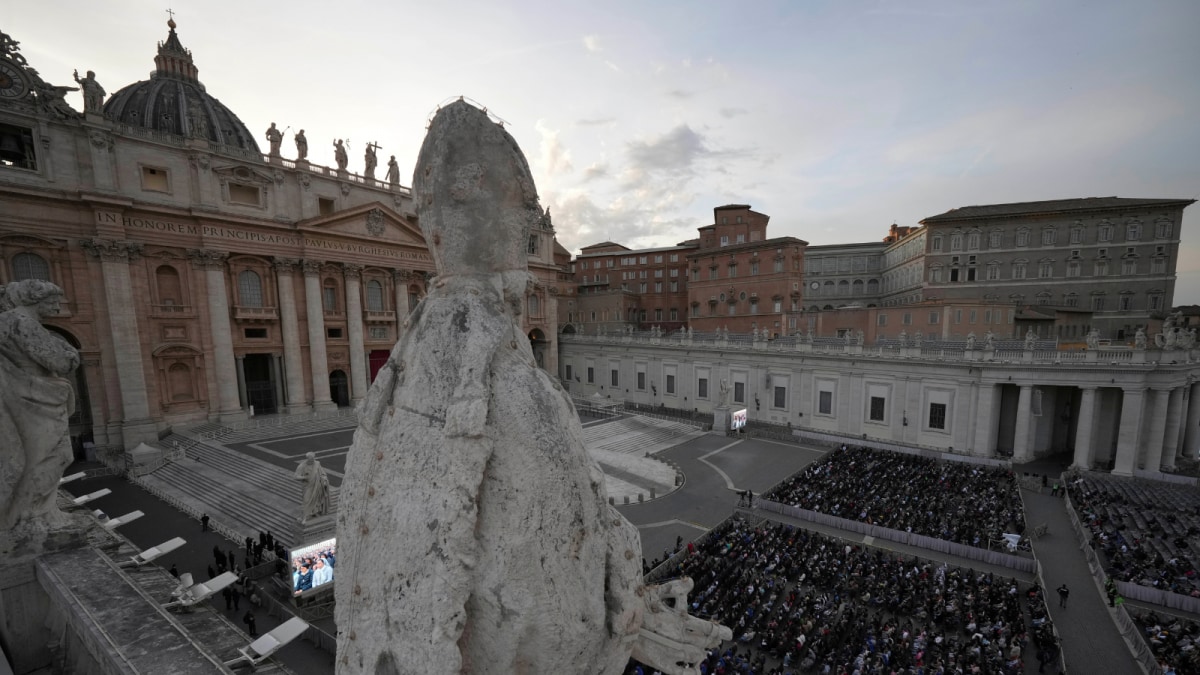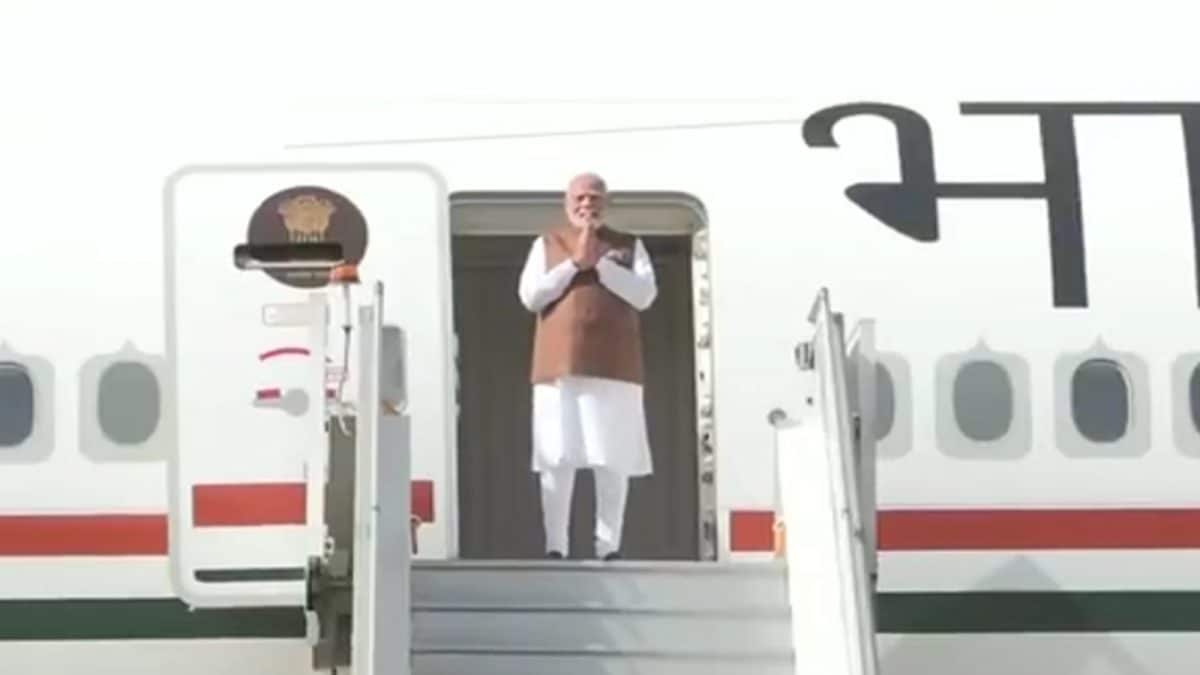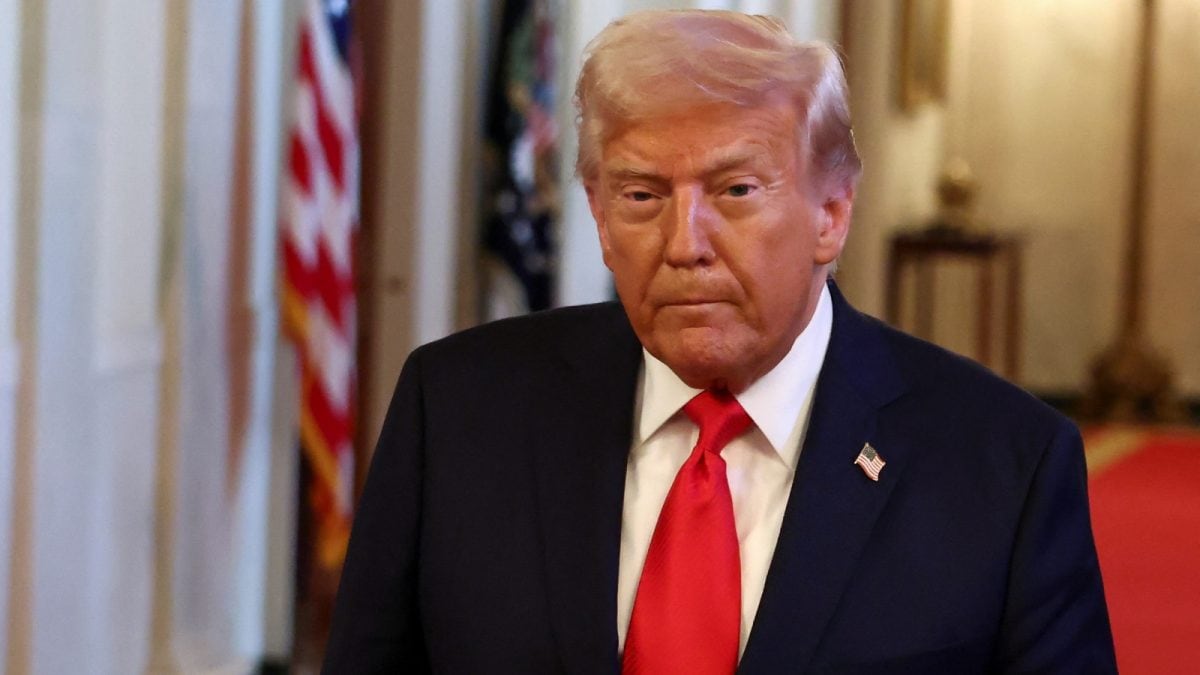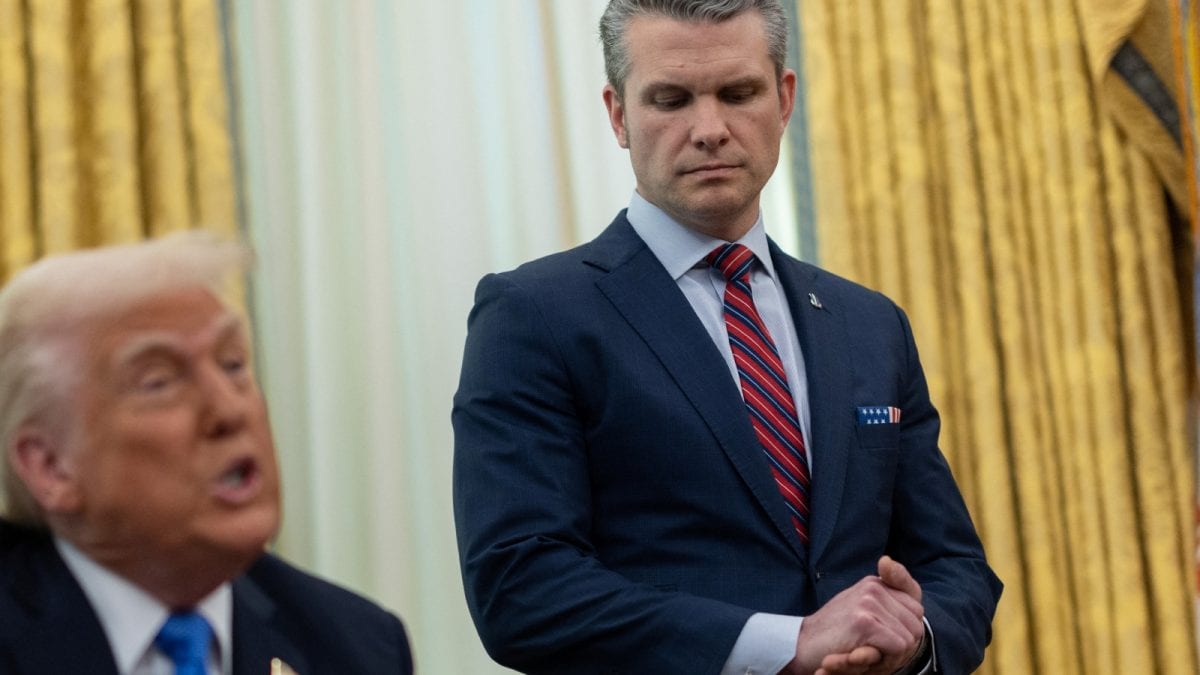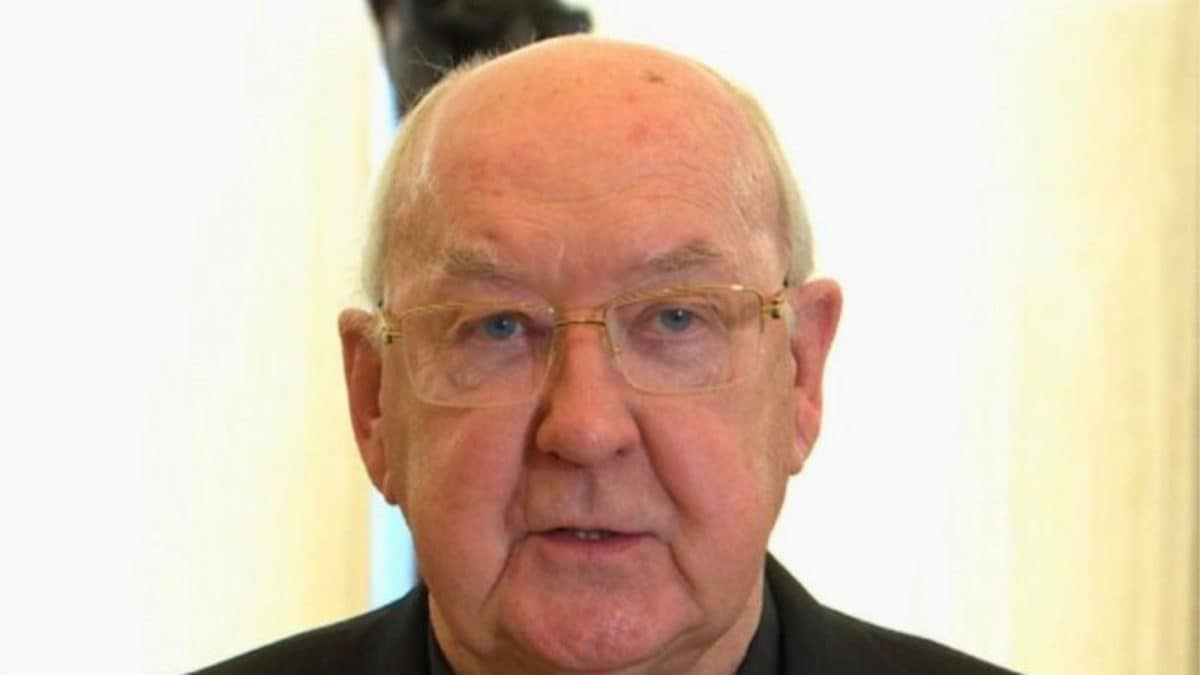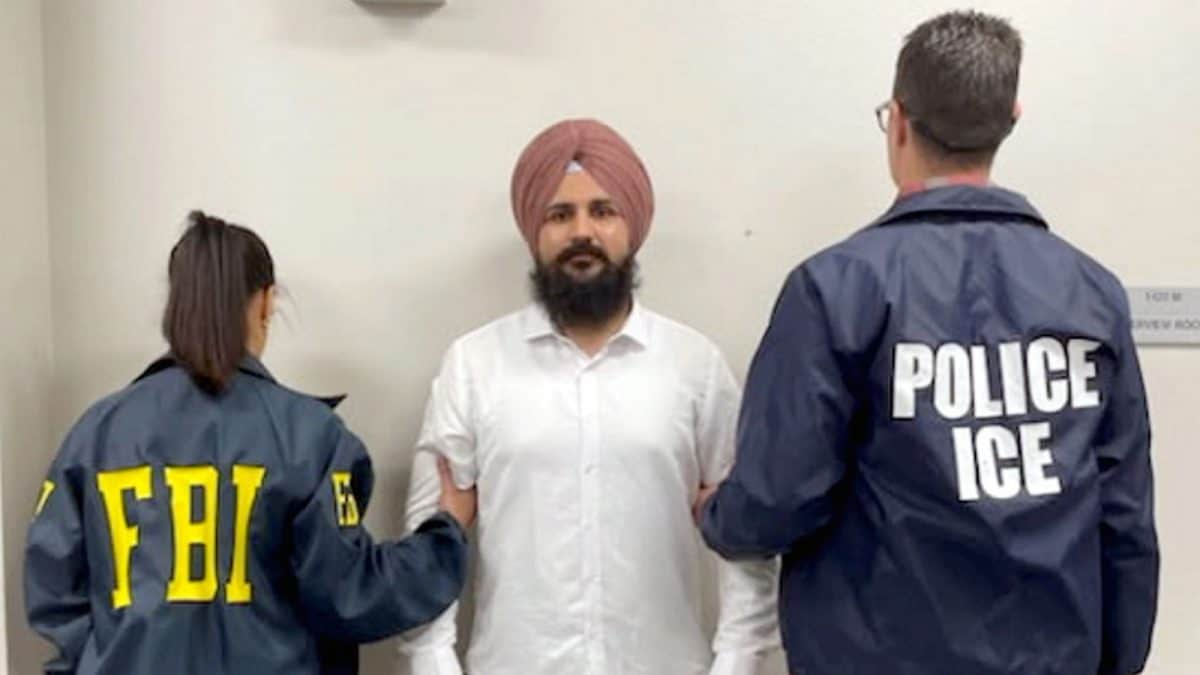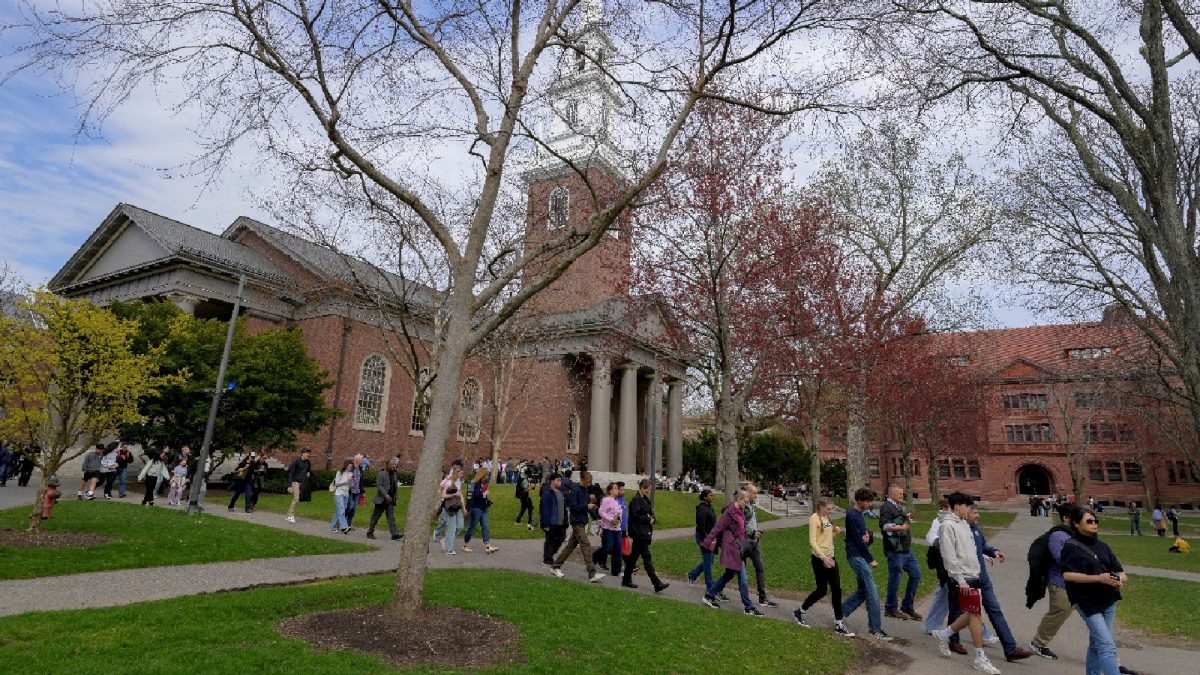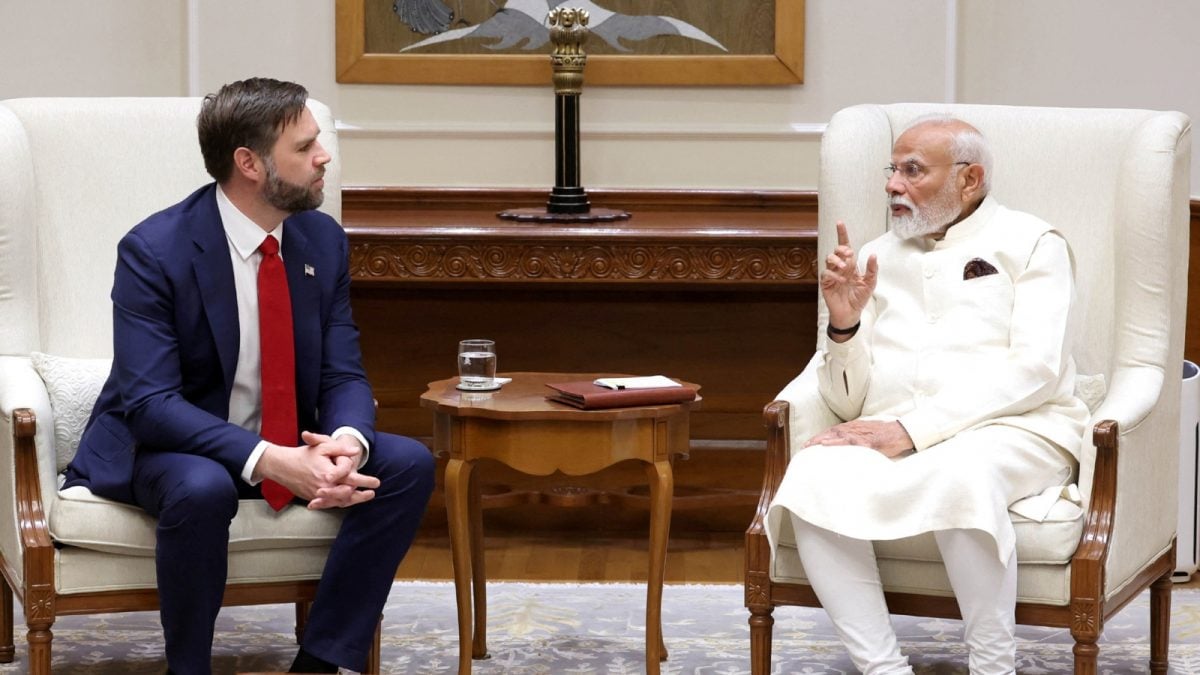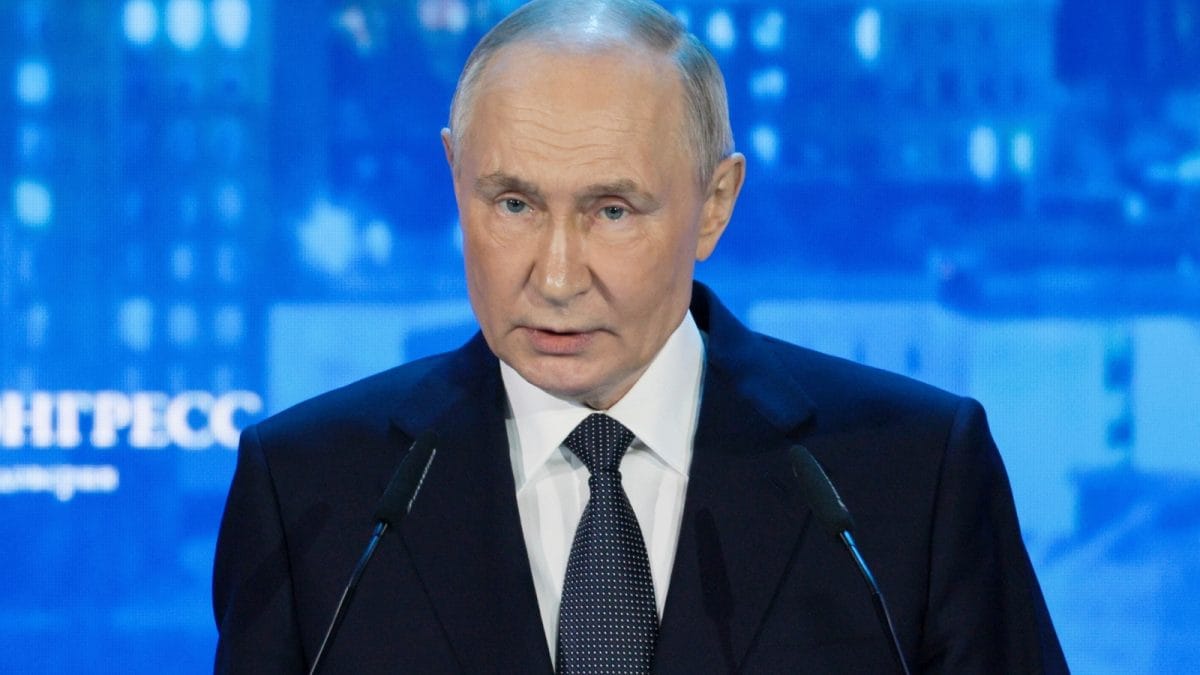Last Updated:February 23, 2025, 12:12 IST
Pope Francis, 88, is in critical condition with severe pneumonia, requiring high-flow oxygen and blood transfusions. Here's how a new pope is elected and how a conclave works.

Candles, flowers and a portrait of Pope Francis are laid at the statue of John Paul II outside the Gemelli hospital where Pope Francis is hospitalised in Rome (Photo: AFP)
Pope Francis has been in the hospital since February 14 and his health has deteriorated over the past 24 hours. The Vatican, for the first time, described his condition as “critical", reporting he needed supplemental oxygen and blood transfusions.
The pope, 88, was hospitalised after experiencing difficulty breathing for several days and was subsequently diagnosed with pneumonia in both lungs.
Francis has suffered bouts of ill health in the past two years. He is particularly prone to lung infections because he developed pleurisy as a young adult and had part of one lung removed.
Now, with his health deteriorating, the world may witness an event of his death – the death of a pontiff.
WHAT HAPPENS WHEN A POPE DIES
Pope Francis took up his role in 2013, following Pope Benedict XVI’s resignation on February 28 of the same year.
He was elected Benedict’s successor on March 13 after a papal conclave, in honour of Saint Francis of Assisi, an Italian mystic and poet.
Traditionally, the camerlengo (a senior Vatican official) confirms the death of a pope. Currently, that position is held by Irish-born Cardinal Kevin Farrell.

Many reports, referring to traditions, suggest that Farrell would be the one to visit Pope Francis’s body in his private chapel and would then call out his name to rouse him.
However, it was also possible that doctors announce Francis’s death through more standard medical means.
As a pope stops responding to medical treatments and lays still, according to the tradition, his signet ring that acts as the seal for official papal documents is defaced or destroyed, signifying the end of his reign, and the papal apartments are sealed off.
The camerlengo informs the College of Cardinals, a governing body of senior church officials, that the pope has died, before his death is announced to the world in a Vatican statement to the media.
HOW WOULD THE POPE BE BURIED
The body of a pope is generally buried between four to six days after his death. It is led by the dean of the College of Cardinals, currently 91-year-old Italian Giovanni Battista Re.
Generally, the pope is buried in the Vatican Grottoes, the crypts beneath St. Peter’s Basilica.
However, Pope Francis, during an interview in 2023, said that he had picked the Santa Maria Maggiore Basilica in Rome, one of his favourite and most-frequented churches, as his final resting place.
HOW LONG WOULD BE THE MOURNING PERIOD
According to a report with Politico, the mourning period, following a pope’s death, would last nine days. This period is known as the Novendiale, originally an Ancient Roman custom.
During this period, according to the usual traditions, the pope’s body will be blessed, dressed in papal vestments and exhibited at St. Peter’s Basilica for public viewing. Historically, popes were often embalmed and some had their organs removed before burial – a church near the Trevi Fountain in Rome holds the hearts of more than 20 popes in marble urns, preserved as holy relics.

However, the process of public viewing is doubtful in the case of Pope Francis’s death as he simplified funeral rites last year.
ELECTION OF A NEW POPE
Nearly three weeks after the pope’s funeral, in a highly secretive process of electing a new pope, the College of Cardinals will convene in the Sistine Chapel to hold a conclave, as in tradition for the past 700 years.
It is worth noting that the candidates for the pope do not openly campaign for the position. Rather, Vatican watchers generally have deemed cardinals capable of holding the position of a pope.
Following the death of a pope, or in rare cases of resignation such as with Pope Benedict XVI, the Vatican convenes a papal conclave, in which the College of Cardinals come together to elect the Church’s next head.
The rules of the conclave, as of 22 January 2025, stated there are 138 electors of the 252 cardinals. Only those under the age of 80 may take part in the secret ballot in the Sistine Chapel.
On the day of voting, the Sistine Chapel, with its famed ceiling painted by Michelangelo, is physically sealed off and the cardinals, who have taken an oath of secrecy, are locked inside.
Only cardinals under the age of 80 are eligible to cast ballots. Around 120 will vote in secret for their chosen candidate, writing their name on a ballot and placing it in a chalice atop the altar.
If no candidate receives the required two-thirds majority, another round of voting takes place. There can be up to four rounds per day.
Once ballots are counted, they are burned on a stove inside the Sistine Chapel, installed ahead of time by Vatican firefighters.
A second stove burns a chemical sending up a smoke signal through a chimney to the outside world: Black smoke means a new pope has not been selected, white smoke means one has.
CHOOSING A NEW POPE
Once a pope is chosen, a representative from the College of Cardinals reads out the Latin announcement Habemus papam, meaning, “We have a pope", from the main balcony of St. Peter’s Basilica overlooking thousands of people.
Then the freshly elected pope, having chosen a papal name (most likely one honouring a saint or predecessor) and donned a white cassock, steps out onto the balcony to give his first address to the public.
The new pope, along with setting the church’s teachings and morals, wields significant diplomatic and political power in world politics, acting as a mediator in global conflicts and guiding humanitarian efforts.
WHEN POPE FRANCIS APPROVED NEW PAPAL FUNERAL RITES
In November 2024, Pope Francis revised the funeral rites that will be used when he dies, simplifying the rituals to emphasise his role as a mere bishop and allowing for burial outside the Vatican in keeping with his wishes.
A Vatican newspaper published details of the updated liturgical book, which Francis approved, and which replaces the previous edition that was last published in 2000.
While popes often tinkered with the rules regulating the conclave that will elect their successor, a revision of the papal funeral rites became seemingly necessary after Emeritus Pope Benedict XVI died on December 31, 2022.
During an interview, Francis had revealed that he had decided he would be buried in Santa Maria Maggiore Basilica in Rome, not in the grottoes underneath St. Peter’s Basilica where most popes are buried.
The new reform, it was believed, simplifies the funeral rites, including eliminating the requirement that the pope be placed on an elevated bier in St. Peter’s Basilica for public viewing. Rather, he will be on view in a simple coffin, and the burial no longer requires the traditional three coffins made of cypress, lead and oak.
Location : First Published:February 23, 2025, 08:43 IST
News world Organs Removed, Signet Ring Defaced: What Happens When A Pope Dies, Who Succeeds

 1 month ago
1 month ago
